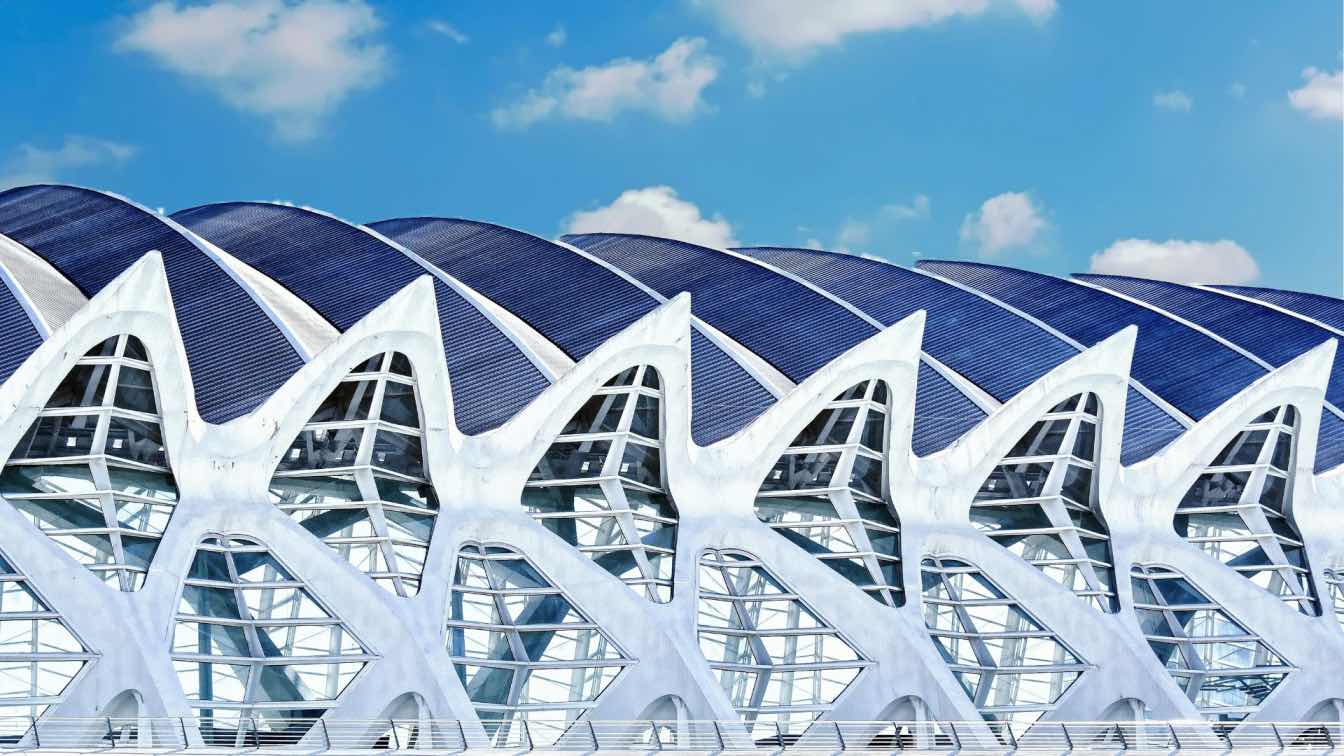The world of commercial architecture has undergone a remarkable transformation in recent years. Gone are the days when architectural designs were confined to mere blueprints and static presentations.
Within the realm of 3D Archviz projects, rendering techniques play a pivotal role in breathing life into architectural projects. We are not just talking about cloud rendering services provided by render farms such as RebusFarm to optimize but other techniques turning the heads of architects.
Understanding the Basics of Rendering
Rendering is vital in digital art. With render technology, one generates realistic images by simulating lighting, shadows, and materials.
Understanding rendering basics is crucial for creating high-quality digital art in 3D modeling, animation, and digital painting. The process involves giving the model attributes and using them to produce a 2D image on a screen.
How to Choose the Right Rendering Cloud Services
In the realm of rendering cloud services, choosing wisely involves weighing key factors.
- Seek scalability to meet project requirements, be it a single image or complex animation. Evaluate pricing models aligned with your budget and needs.
- Embrace high-performance computing resources for faster rendering.
- Ensure compatibility with your preferred software and file formats.
- Prioritize data security with secure transfer, storage, and access controls.
- Look for robust support and documentation, including tutorials and responsive customer service.
- These guiding principles shall illuminate the path to a rendering cloud service that empowers your creative endeavors.
Consider the Architectural Project Requirements
When selecting a rendering cloud service, it's important to consider your project's specific requirements. Here are some factors to consider:
- Project size
- Output quality
- Deadline
- Budget
- Collaboration/team size
5 Most Searched Techniques of Rendering for 3D Archviz Projects
In today's digital age, industry demands have evolved, pushing architects and designers to explore innovative techniques that bring their creations to life with unparalleled realism. As a result, the field of architectural visualization, commonly known as Archviz, has gained significant prominence.
As you determine the plan for your next Archviz project, here are the 5 techniques your competitors are probably already trying. Don’t forget to give them a try:
1. Ray Tracing
Ray tracing is a powerful technique used in various rendering algorithms to simulate the behavior of light and generate digital images. It calculates the path of waves or particles through a system, particularly in 3D computer graphics for image generation. Ray tracing methods, such as distribution ray tracing, ray casting, path tracing, recursive ray tracing, and photon mapping,
Ray tracing offers higher fidelity but slower performance compared to scanline rendering methods. By employing ray tracing, a wide range of optical effects can be simulated, including reflection, scattering, refraction, soft shadows, caustics, motion blur, depth of field, dispersion phenomena, and ambient occlusion.
Ray tracing finds applications in various fields, including video games, films, and architectural visualizations. It enhances lighting in games by providing realistic reflections, shadows, and environmental highlights. Furthermore, ray tracing can introduce impressive visual effects to game characters and the objects they interact with.
2. Real-Time Rendering
Real-time rendering is a computer graphics sub-field focused on generating and analyzing images instantly. It enables immediate rendering of 3D images and animations, making it valuable for virtual reality, gaming, and other interactive applications.
Unlike traditional rendering systems, real-time computer graphics generate images in real time, providing an interactive user experience. The objective is to produce a high number of frames per second; meeting desired quality standards. Real-time rendering can achieve complex effects such as shadow volumes, motion blurring, and real-time triangle generation.
Popular software for real-time rendering includes Chaos Vantage, Unity, Unreal Engine, CryEngine, and Lumberyard. It finds applications in virtual reality, gaming, and architectural visualization, offering immersive and interactive experiences.
3. Motion Blur
Motion blur is a visual effect that occurs when a camera or subject is in motion, resulting in streaking or smearing. It creates the appearance of moving objects leaving trails or blurring in photographs, films, or animations.
This effect is caused by changes in the image during a single exposure due to rapid movement or long exposure times. In photography and video, motion blur is influenced by the shutter speed, with slower speeds causing greater blur as objects move over a longer period.
Motion blur is used in filmmaking and photography to add realism and replicate the natural blurring in real-life motion. It can be applied in post-production to enhance fluidity and realism in videos and in animation to blend frames and emulate the blur seen in older cameras.
4. Global Illumination
Global illumination (GI) encompasses a collection of algorithms employed in 3D computer graphics to enhance the realism of lighting in 3D scenes. These algorithms go beyond considering direct illumination from light sources and also account for the indirect illumination resulting from light bouncing off other surfaces within the scene.
By incorporating global illumination, 3D animation, and design, acquire a more lifelike quality. When compared to using only direct illumination algorithms, images rendered with global illumination algorithms often exhibit a higher degree of photorealism.
Various algorithms contribute to global illumination, including radiosity, ray tracing, beam tracing, cone tracing, path tracing, volumetric path tracing, Metropolis light transport, ambient occlusion, photon mapping, signed distance field, and image-based lighting. These algorithms can be combined to achieve the desired visual outcome.
5. Ambient Occlusion
Ambient occlusion serves as a shading and rendering technique extensively employed in 3D computer graphics, modeling, and animation. Its purpose is to determine the extent to which each point in a scene is exposed to ambient lighting.
Operating on a global scale, this method considers the interaction of the surrounding geometry to calculate the illumination at each point. Ambient occlusion is closely related to accessibility shading, which influences the visual appearance based on the surface's susceptibility to contact with various elements.
The primary objective of ambient occlusion is to enhance the realism of 3D objects by simulating the soft shadows that naturally occur when indirect or ambient lighting interacts with a scene. This effect effectively introduces contact shadows in crevasses, detailed areas, and where different objects converge within a digital 3D environment.
Conclusion
In conclusion, the world of architectural visualization is undergoing a transformative shift. It is not only the addition of render farm technology but also fueled by the relentless pursuit of innovative rendering techniques.
The top five most searched rendering techniques for 3D Archviz projects represent a glimpse into the future of commercial architecture. From photorealistic rendering to real-time visualization, these techniques empower architects and designers to push the boundaries of creativity and deliver captivating visual experiences.
By staying informed and embracing these cutting-edge techniques, professionals can pave the way for a new era of architectural design, where imagination and reality seamlessly intertwine.





